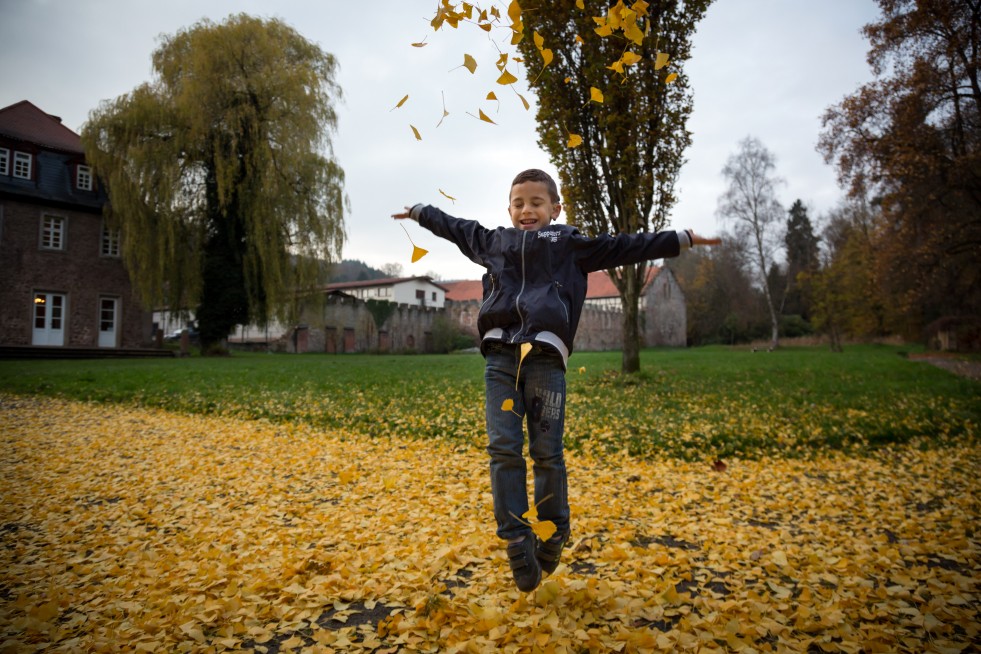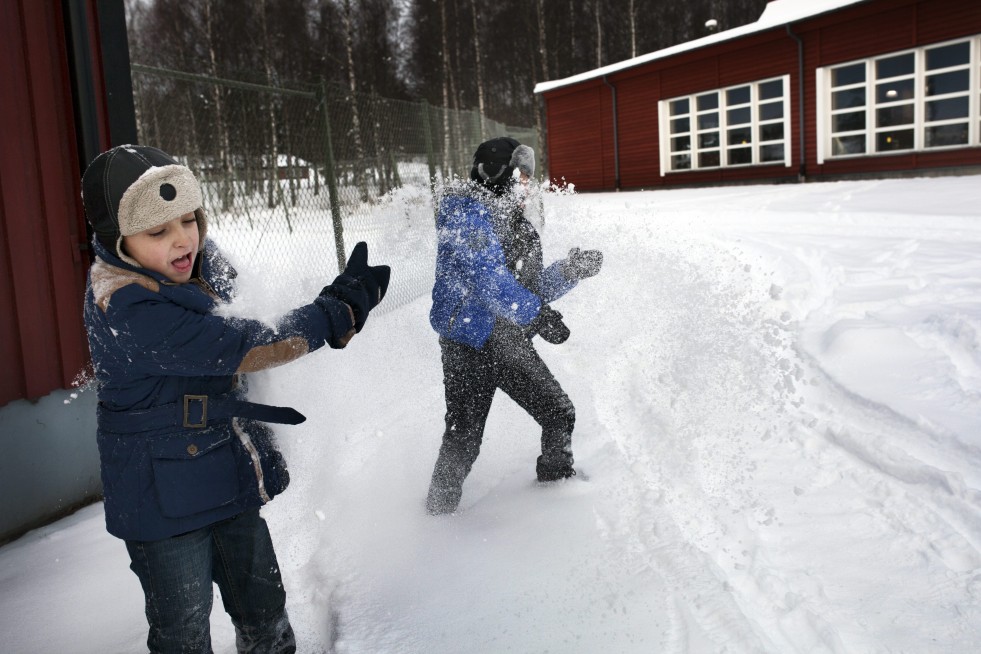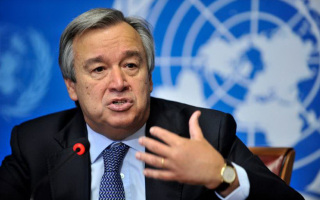For almost 40 years, UNHCR has played a unique role in Canada.
We don’t have tent cities full of refugees in Canada. It’s unlikely that you’ll ever see a UNHCR aid worker distributing food or blankets in Toronto or Ottawa. And never has a Canadian mayor ever complained about the strain of receiving thousands of refugees within a span of a few weeks.
Canada is one of 28 countries to resettle about 100,000 refugees a year. Canada has been a leader in the past in accepting significant numbers of refugees in the 1970s during the military coup in Chile and then from Indo-China as thousands of “boat people” fled to Canada. But even though their numbers are relatively small—for example, in 2012, Canada received about 23,000 refugees and their families—refugees are an important part of Canada’s longstanding tradition of welcoming immigrants.
UNHCR (UN Agency for Refugees) was established in 1950 by the UN General Assembly to provide protection for refugees and seek solutions to their problems. According to the 1951 Refugee Convention, UNHCR has a supervisory role over states who have signed on to apply the Convention. In 1976, UNHCR opened its doors in Canada; its purpose is to protect and resettle refugees; as well, the agency informs and educates Canadians about the plight of refugees around the world and raises funds from the government and individual Canadians.
So how does UNHCR work in Canada?
In a big picture view, the agency works with Canadian government departments such as Citizenship and Immigration and the Immigration and Refugee Board to advise on policies and legislation concerning refugees, as well as observe hearings of asylum-seekers. UNHCR also works with non-governmental groups that sponsor refugees in Canada.
In terms of individual refugees, the UNHCR representatives who work in countries where refugees flee—for example, Lebanon has become home for millions of Syrian refugees right now—first identify possible candidates for resettlement. Most refugees long to return home as soon as it’s safe to do so. Unfortunately, that’s not always possible and resettlement becomes one of the solutions available to help refugees rebuild their lives. Canada is a leading UNHCR resettlement partner and accepts the majority of refugees who apply.
Michael Casasola, who is a UNHCR resettlement officer in Ottawa says, “UNHCR looks for the most vulnerable people in a refugee camp or other situation, for example. Vulnerability is defined in terms of if they’re in danger in their own country of origin or in the country they’re currently seeking asylum in because of persecution; they could be a survivor of torture, or a woman at risk—women have particular vulnerabilities because of sexual violence for instance,” he explains.
The UNHCR representative then approaches the Canadian government representative in that country, who determines if the identified person meets Canadian government regulations for entry. “We have a positive and productive relationship with the Canadian government,” Casasola says. “Canada accepts 90 per cent of refugee cases presented by us.”
The agency also works closely with Canadian non-governmental organization representatives who can sponsor refugees under the Private Sponsorship of Refugees Program. These include faith based, cultural and community organizations that help refugees start their new lives in Canada. Among other services, UNHCR offers training and information sessions for these organizations.
UNHCR can also assist people who make their own way to Canada, applying for asylum through the in-land refugee determination system. The UN Agency for Refugees also helps refugees already in Canada who want to bring their families over.
Regardless of their method of entry, coming to Canada can be “a profound and difficult experience,” for most refugees, says Casasola. “There are moving stories of people who never owned a pair of shoes before, and arrive in Canada in winter,” he says. “Many Syrians for example, weren’t thinking about resettlement and were hoping to go home. It’s difficult; they often don’t speak the language and are now under different expectations in their new country. You have to remember that not everybody is super-eager to resettle. It’s not that they’re not grateful, but they’ve lost so much.”
Canada’s goal is to put refugees on the track to permanent residency, including language courses and employment training. “Our system always points to social inclusion and then citizenship,” Casasola says. “In fact, refugees have one of the highest uptakes of citizenship among newcomers.”
UNHCR generally has limited contact with refugees once they arrive in Canada, acting more on a troubleshooting basis or the refugee is hoping to bring over family members who are still in a foreign refugee camp. Resettlement and government agencies in Canada work hard to ensure that the transition experience is positive for newcomers.








